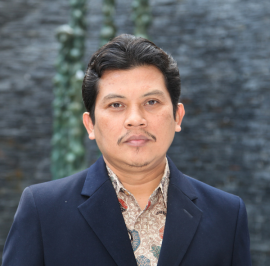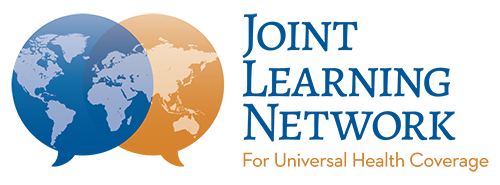
Indonesia
Membership: Full Member
Targeting the poor.
Jaminan Kesehatan Masyarakat, or Jamkesmas, an MoH-run mandatory public “insurance” program covers over 76.4 million poor Indonesians.
The Context
Indonesia introduced the first phase of its plan to achieve universal health coverage through a mandatory public health insurance scheme, Askeskin, in 2004. In 2008, Askeskin evolved into Jaminan Kesehatan Masyarakat, or Jamkesmas, an MoH-run “insurance” program which now covers over 76.4 million poor Indonesians. Asuransi Kesehatan Masyarakat Miskin, or Askeskin, was targeted to the poor and increased access to care and financial protection for the poorest. It initially targeted the poorest 40 million people.
The Jamkesmas scheme is funded by the central government from general tax revenue. Beneficiaries are not responsible for premium payments nor are they charged a copayment at the time of visit.

Kalsum Komaryani

Ali Ghufron Mukti
Ministry of Research, Technology and Higher Education

Donald Pardede

Naniek Isnaeni
Head Officer at the District Health Office, Tangerang

Rudy Kurniawan
Changes to Askeskin implemented in 2005 resulted in differences in two major areas: First, rather than being a purely government-run program, it provided a block grant to P.T. Askes, which then targeted the poor with Askeskin cards and reimbursed hospital claims; second, the beneficiary cards in Askeskin were individually targeted rather than the household cards used in previous programs.
By 2008 Askeskin had expanded enrollment to cover over 70 million people. Then in 2008, Askeskin evolved into Jaminan Kesehatan Masyarakat, or Jamkesmas. Many district governments have followed the lead of Jamkesmas and established district-based insurance schemes (typically called Jamkesda) that cover the near poor or those not covered under Jamkesmas.
As of January 2010, the Jamkesmas program is being implemented throughout the country and will serve as one of the key building blocks of the government’s proposed universal coverage agenda, hopefully by 2014.
